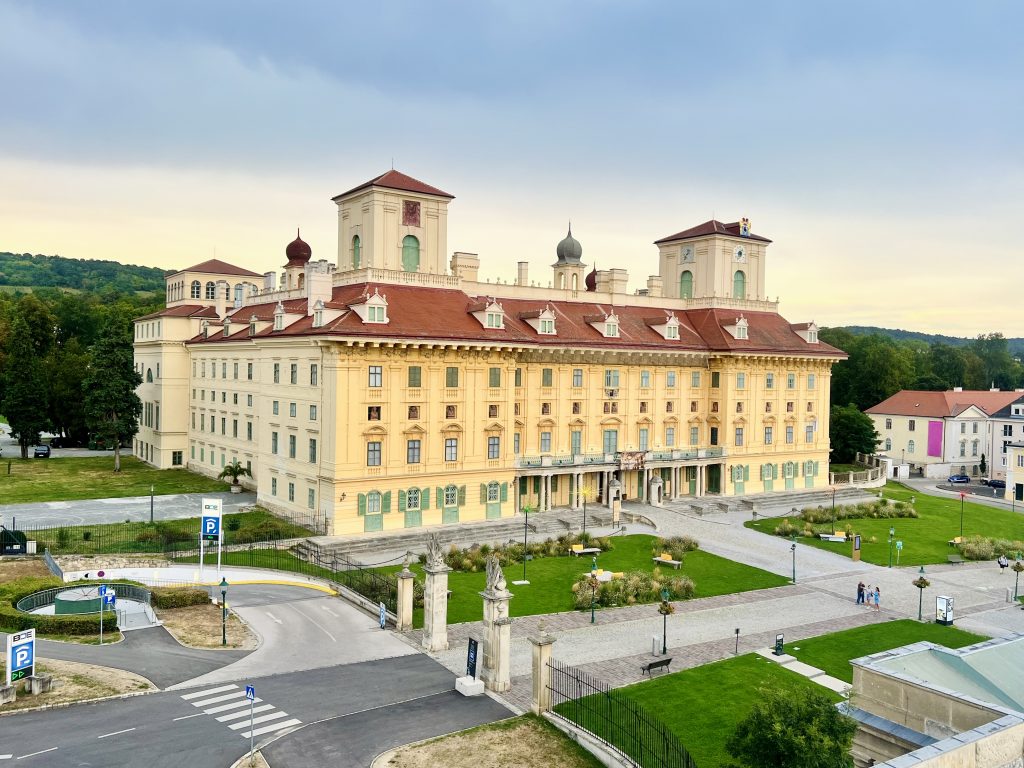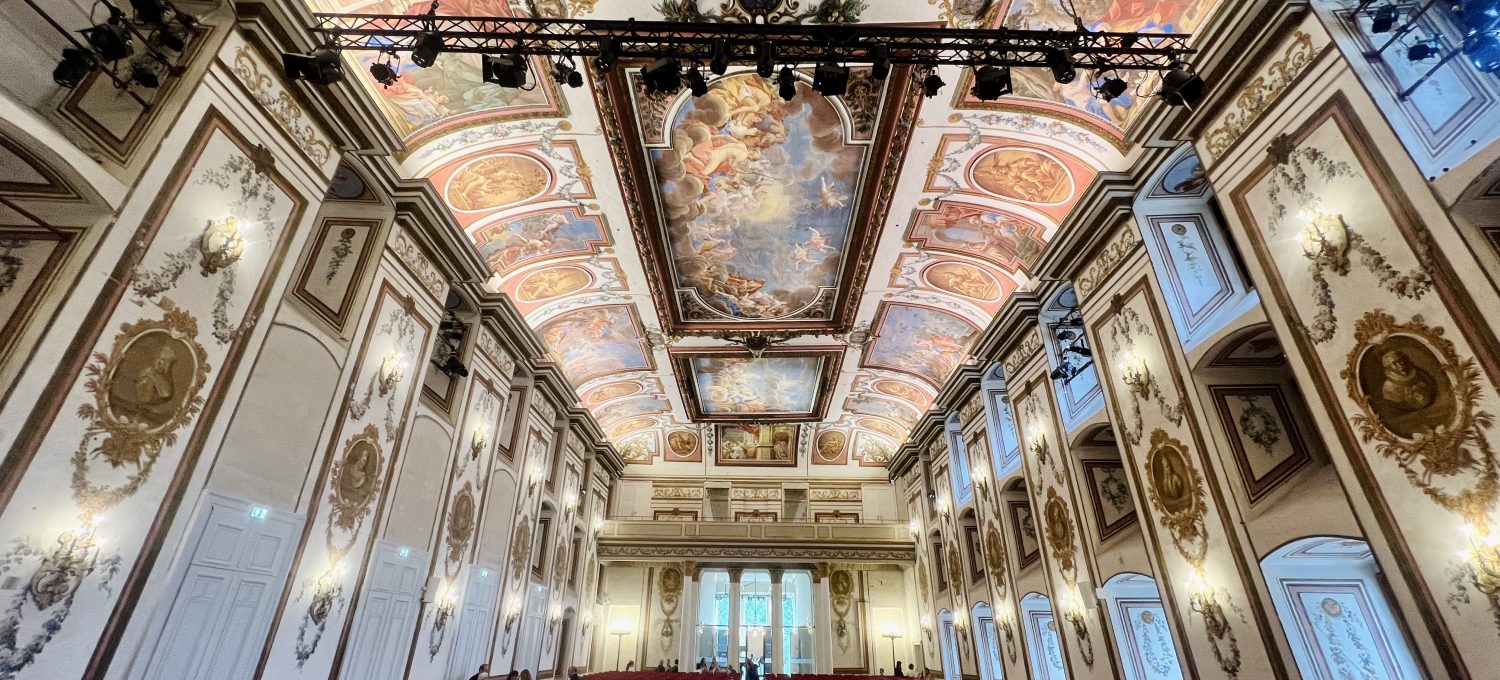“Why do I need to know that?!” I have heard this on repeat from students in all classes, majors, etc., throughout many years of teaching. Well, I’m writing to tell you WHY!
No, I can’t answer why you need to learn that one math equation, but I can tell you about the importance of historical perspective in learning Classic-era music. I’ve had the opportunity to perform in Eisenstadt, Austria in August for several years with the Classical Music Festival, and if the name of that city doesn’t tickle your music history memory, it should! Eisenstadt is where composer Joseph Haydn spent many years of his career creating, writing, and building a huge catalog of fantastic music! If you’re not a fan of Haydn’s music yet, please listen to any of his works and find the humor, joviality, and beauty that he was able to convey so easily.
Visiting the place where so much of Haydn’s music was born places his music in context. The people, the culture, and even the architecture make his music come to life and help his style make sense to our modern ears. The architecture in the city of Eisenstadt is stunning with a focus on nature, clean lines, tasteful adornments, and light colors such as yellow painted on the outside. The Esterházy Palace we have all heard about in our music history classes holds grandeur from the ballroom to the gardens, and the decorative ceiling in the concert hall is nothing short of breathtaking! When you visit this space, it is easy to see and hear some of the historical elements that Haydn drew inspiration from to write his music.
In addition to the architecture, the events and circumstances surrounding Haydn’s time in Eisenstadt were also impactful for his writing. For instance, he served a variety of Esterházy princes who provided regular access to talented musicians, including a small orchestra. This kind of access created a playground of opportunity for him to hone his craft, and, as a result, it allowed for an expansion of what we know about the development of form, string quartets, and the symphony! As a side note, the “Haydn Hall” in the Esterházy palace is also acoustically incredible – even for the flute! The recently restored floors are maintained parquet wood that make the hall absolutely ideal for music-making.
You might ask, “WHY are you telling me about Haydn?” Well, this article is not directly about Haydn, but it is about the importance of understanding the impact of music in its original context. My personal experience in Eisenstadt has helped me appreciate the importance of the surroundings, the architecture, and the nature that gave inspiration to the composer and, ultimately, us as performers – even 200+ years after the fact. When you walk into the Haydn Hall, you are led by the nicest Austrian guides you’ve ever met. At first, you may be amazed by its beauty, but you’re quickly transported back to Haydn’s time and the amazing acoustics that make it possible to experience and hear each individual musician on the stage. Then, you can walk outside the hall into the park with its beautiful landscaping and a true representation of nature that allows you to breathe in the Austrian air. It is heavenly.
This is akin to the experience that language studies majors have in their study abroad programs; the people, culture, music, etc., have a direct impact on their comprehensive understanding of the language. So, why wouldn’t we musicians immerse ourselves in the language and culture of an era while surrounding ourselves with people who truly speak the language of the music we are studying?
The real point of this discussion and WHY we learn music history is to understand our musical language through immersion. I love lists, so here’s my list for you of things to consider when approaching music and the history of your repertoire:

- When it is possible, travel to the places we study in music history!
- Studying J.S. Bach? Germany is now added to the travel bucket list!
- Studying Luciano Berio or Barbara Strozzi? Darn! You must find a way to experience Italy!
- Do you have an opportunity to study abroad? I encourage you to take advantage of it!
- When your teacher asks what you know about the piece you are studying, dig deeper than the notes on the page and the recordings on YouTube, Spotify, etc.
- What was the context from which that music was born?
- Did the acoustics of the first performance space influence what instrument was featured?
- Is there a historical event that impacted the piece? A war? A movement in art that was inspirational? As I love to tell my students, let yourself go down the rabbit hole!
- In modern times, we often have access to living composers. Reach out to the composer of one of these works and learn their WHY. Ask them about their inspiration, the impact of their experiences, and so on.
It truly makes a difference to your audience when you study, immerse yourself, and deeply understand the music you are performing. And, yes, if at all possible, travel to broaden your cultural, historical, and musical understanding! Please make every effort to place your Music in Context! Happy music-making!

